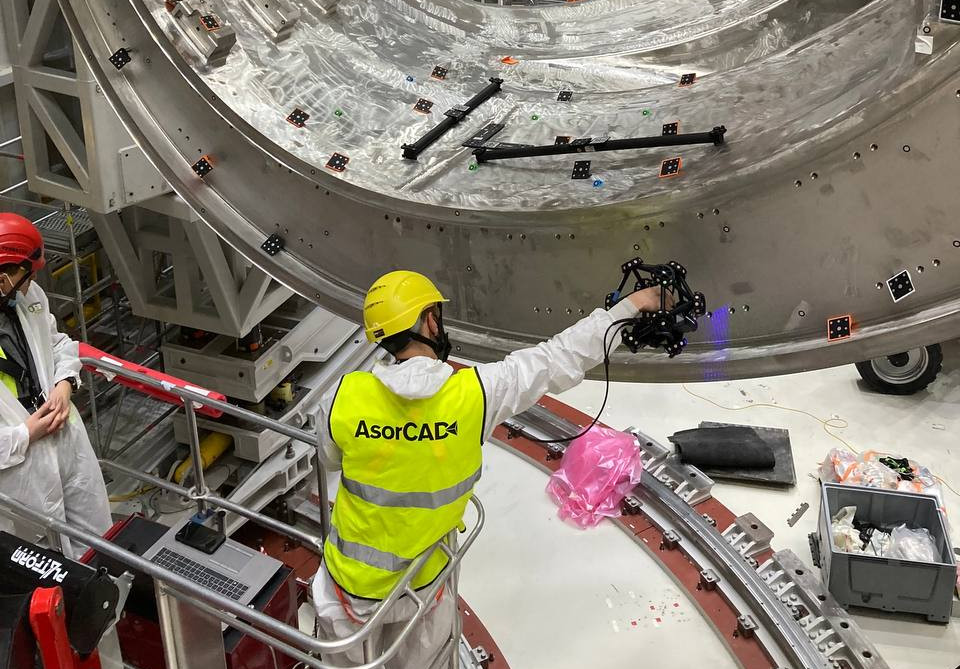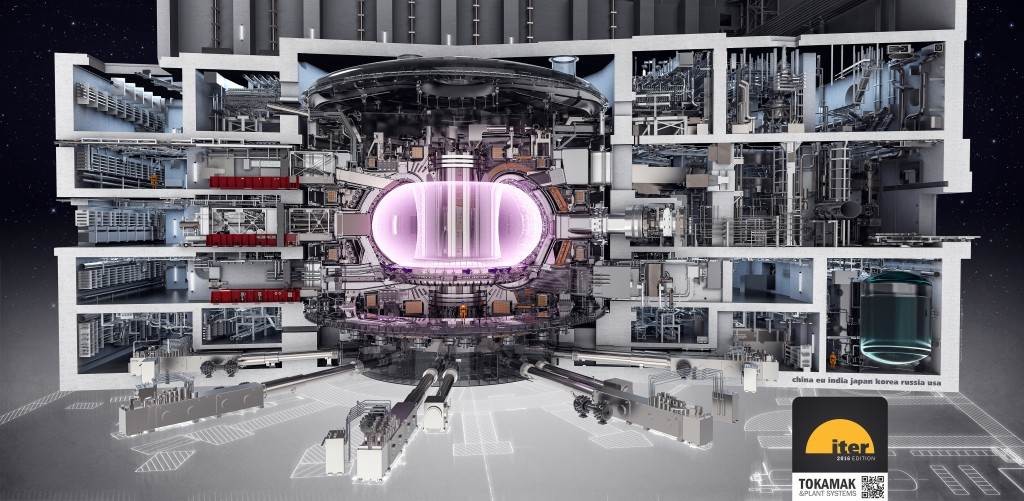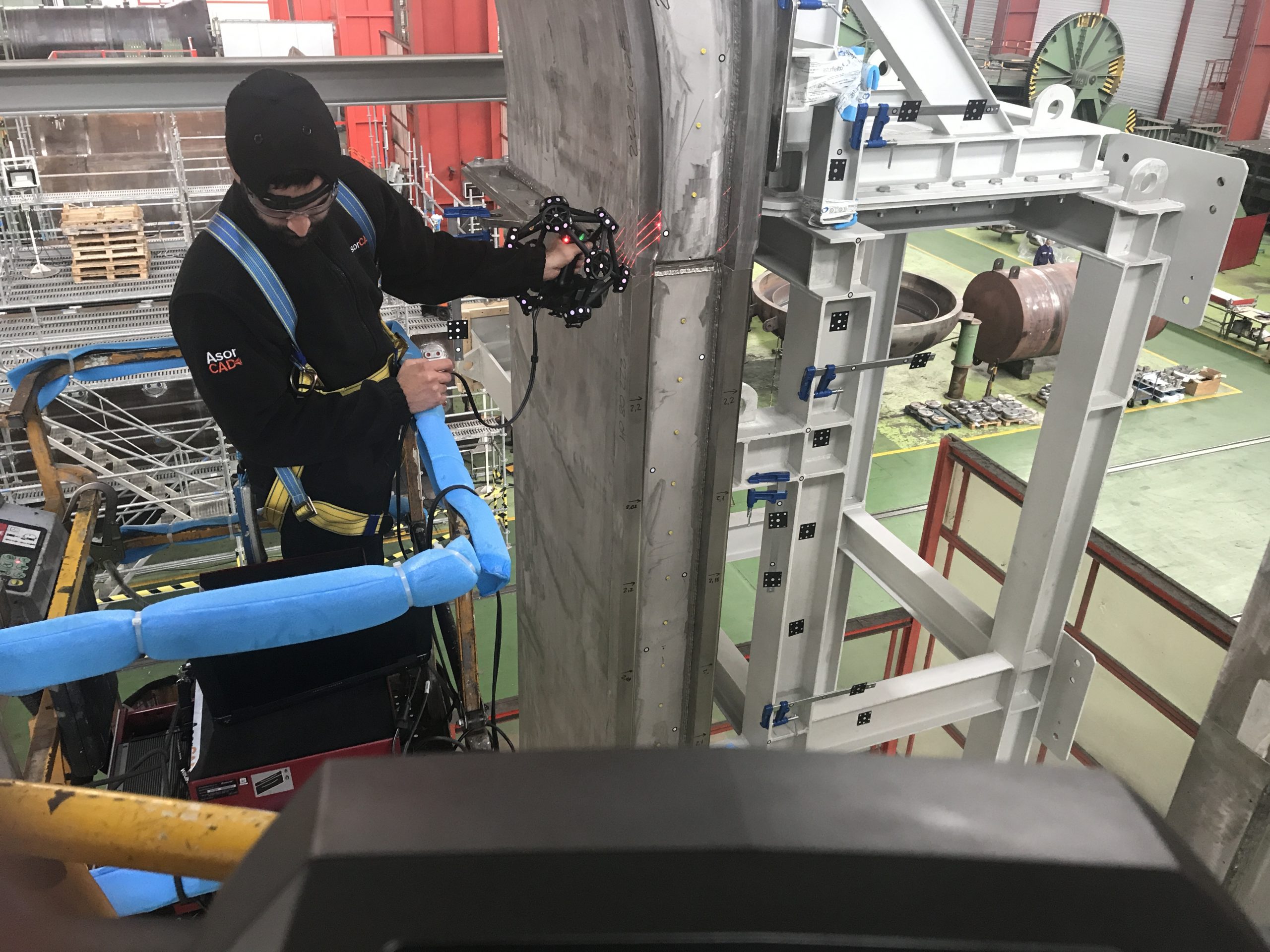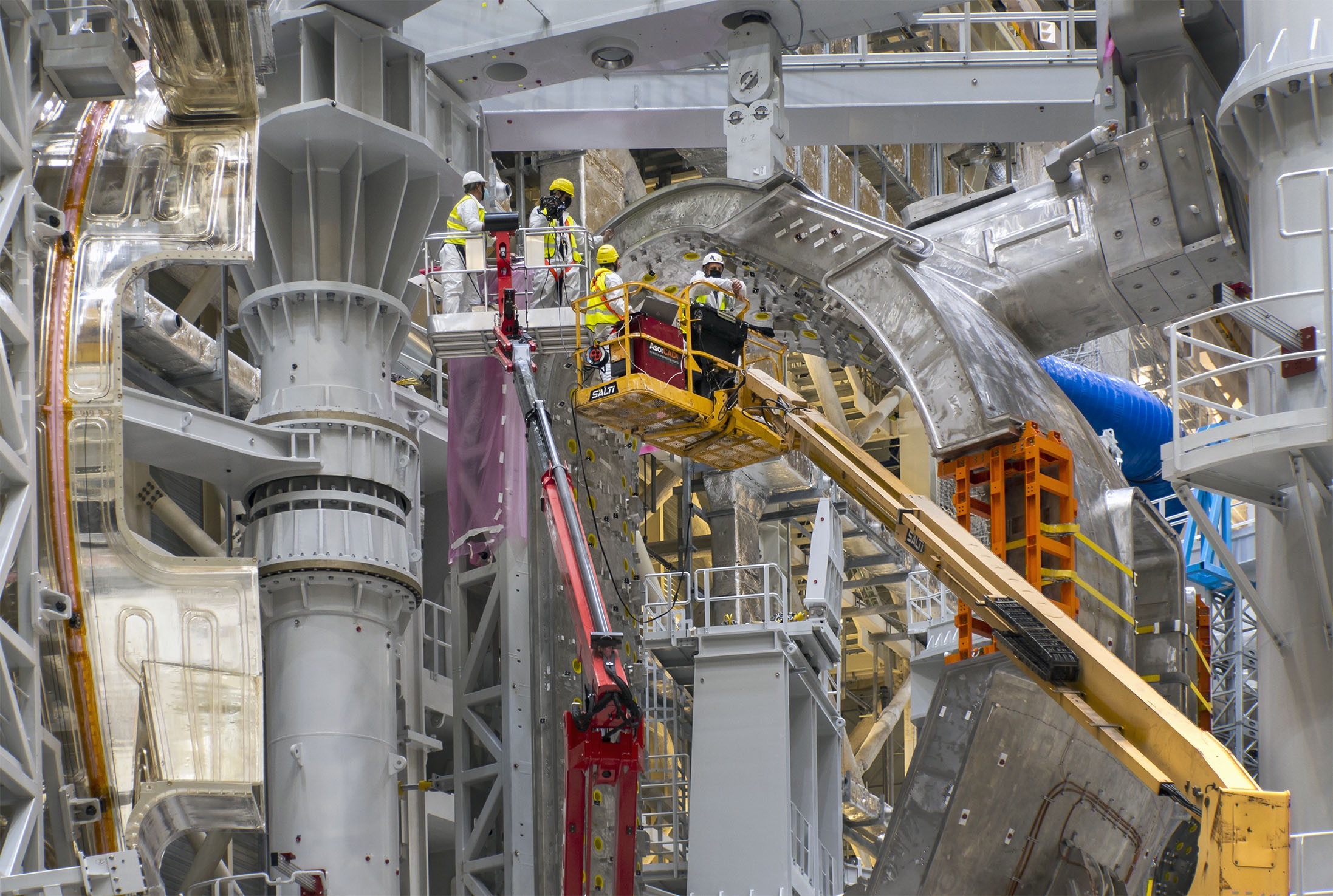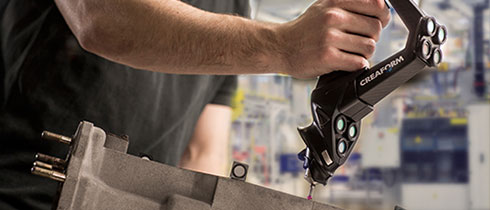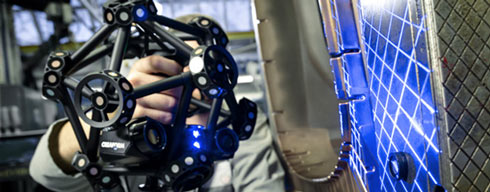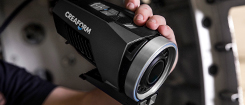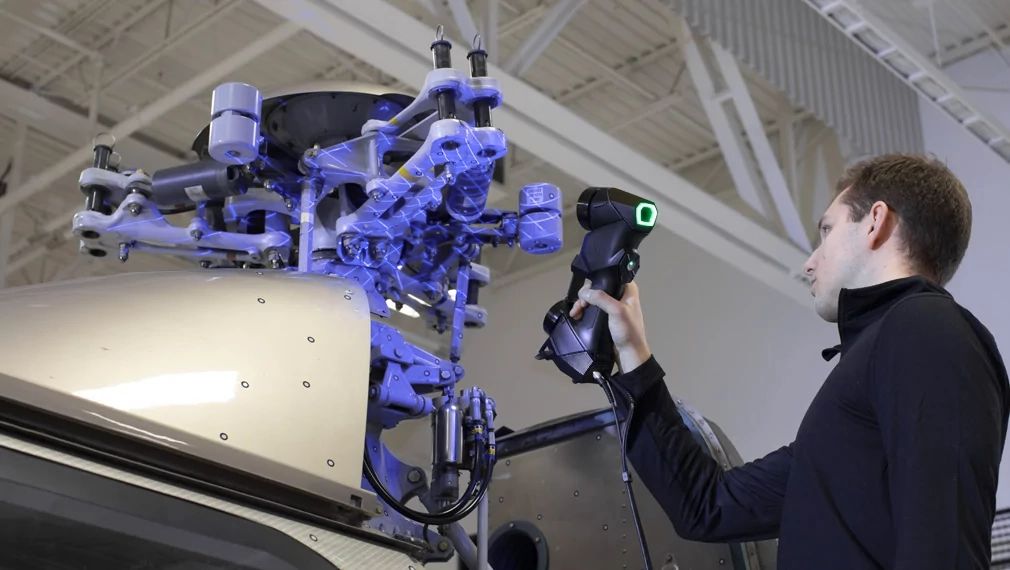September 13, 2024
The Impact of 3D Scanners on NASCAR Stock Car Racing See the articleRecreating the fusion reaction occurring in the Sun’s core here on Earth; this is the mission that scientists and engineers have taken up with ITER, one of human history’s most ambitious engineering projects.
ITER, which stands for International Thermonuclear Experimental Reactor, involves the collaboration of 35 nations and consists in manufacturing and operating a massive experimental fusion device called a tokamak. Built of one million components and ten million parts and designed to harness fusion energy, ITER will be the world’s largest tokamak ever built, with a plasma radius of 6.2 m and a vacuum vessel of 840 m³ able to withstand temperatures reaching 150 million degrees Celsius, nothing less.
ITER’s objective is to demonstrate the feasibility and cost-effectiveness of nuclear fusion as a source of large-scale, carbon-free energy. To this intent, the ITER project’s tokamak is designed to generate 500 MW of fusion power from 50 MW of input heating power, reaching a ten-fold return on power (Q=10).
The Cantabrian company Equipos Nucleares, S.A. (ENSA) has been tasked to design and build components for the tokamak’s toroidal vacuum vessel. The project will be housed in thirty-nine buildings and technical areas under construction on a 180-hectare site in Cadarache, southern France. The heart of the facility—the Tokamak Building—is an impressive seven-story structure in reinforced concrete. As the buildings are structurally completed, equipment can be installed and assembled.
Beyond any doubt, controlling the dimensions of a 23,000-ton, 28m-diameter tokamak during the assembly process mandatary requires highly accurate 3-dimensional measuring equipment to ensure that the exact tolerances for machine operation are achieved.
This is where the contribution of AsorCAD takes its full value.
The right partner for exact dimensions
Over the last 25 years, the Spain-based engineering company AsorCAD has been known for its sharp specialization in 3D technology. For this reason, ENSA asked AsorCAD to take charge of the 3D scanning, reverse engineering, and metrology work to construct the ITER project’s nuclear fusion reactor.
Since early 2015, ENSA benefits from AsorCAD’s expertise. Together, they were able to scan the lateral edges of the nine sectors of the tokamak’s plasma chamber, also called the torus. This was an essential task because, since each sector is manufactured separately, it requires designing joining pieces to connect the different sections and ensure they meet up perfectly once assembled.
Precise 3D measurements for perfect fitting
To ensure a perfect fitting of the different sections of the torus, AsorCAD used the Creaform MetraSCAN 3D scanner for the toroidal components and the MaxSHOT 3D photogrammetry system for the large-scale parts. Then, some measurements were verified with the HandyPROBE CMM, also manufactured by Creaform.
Because they are free from any rigid setup requirements, this 3D measuring equipment is portable and highly reliable for on-site work. Their measurement accuracy is insensitive to the instabilities of the environment, which means that they are not affected by movement, vibrations, or changes in temperature or lighting conditions. These qualities enabled AsorCAD to perform highly accurate 3D scanning and measurements at the ENSA facilities without the need to transport enormous equipment.
Once 3D scans of the lateral edges of each torus sector were accurately captured, AsorCAD used Geomagic Design X software to create their corresponding CAD models.
Then, by reverse engineering, ENSA could design connecting elements with exact dimensions to join the different existing sections. AsorCAD used the MetraSCAN 3D scanner again to scan all these manufactured joining pieces for final inspection and approbation.
On the way to carbon-free energy
Assembly work of the tokamak’s toroidal vacuum vessel has now started in Cadarache. The first plasma tests are expected by 2025. Afterwards, the ITER project will continue until it reaches its objective, which is producing a ten-times return on energy injected in the plasma (Q=10) to demonstrate nuclear fusion’s viability as a sustainable, non-carbon-emitting global energy supply. Until then, the ITER project can continue to rely on its valuable partners and advisors, such as AsorCAD and Creaform.

